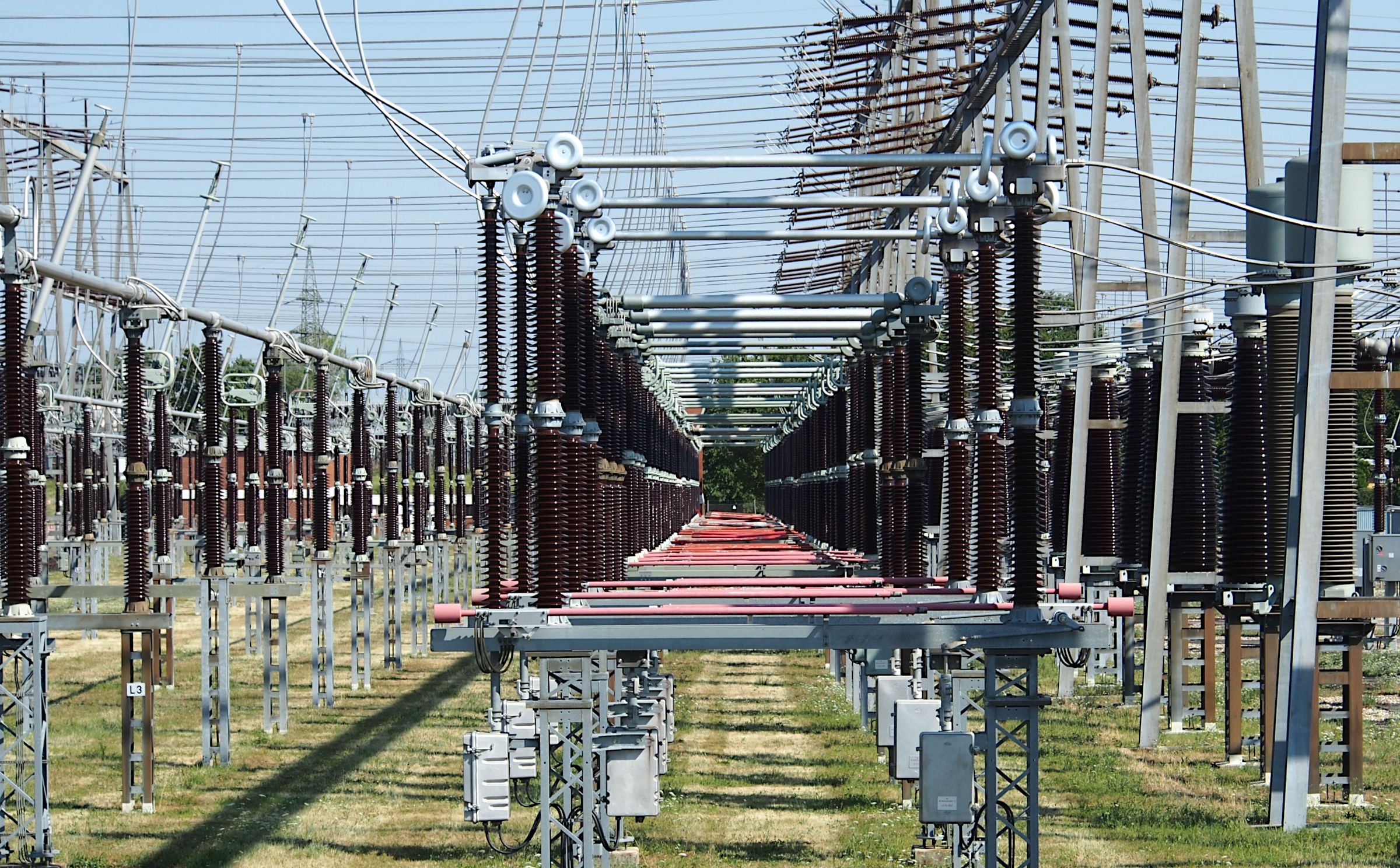REAL-TIME MONITORING AND OPTIMIZATION OF ELECTRICAL LOAD IN A BUILDING
Keywords:
Energy Management System (EMS), Busy Mode (BM), Intelligent Management Systems (IMSs), IoTAbstract
In anticipation of rising energy costs and increased facility usage on campus, there's concern about potential spikes in energy consumption. To address this issue, Intelligent Management Systems (IMSs) are employed on smart campuses to optimize energy usage and save electricity costs. Current energy optimization models often rely on particular IoT applications. A generalized IoT application is being created to facilitate smooth two-way communication between energy optimization strategies and IoT devices. During the development phase, a cloud-based platform for developing IoT applications is made for interactive charts. Thisapplication offers features, including a dashboard for monitoring, charts to keep track of energy consumption and capabilities that can be appliedwithin a smart campus context. In the realm of IoT devices, sensors and microcontrollers are being utilized to enhance the functionality and connectivity of the system. Further, the system integrates with rain and temperature sensors that inform the system about the weather conditions, which helps control Air conditioners and heaters in the room via notifications. A threshold value is provided to the system by the user, allowing the user to set the temperature according to the weather needs. This proves to be environmentally friendly and reduces the load consumption. And contribute to Energy Management System (EMS) and cost reduction. The second phase of the project involves the implementation of "Dynamic Energy Allocation", a process that optimizes energy usage in buildings through two modes: "Busy Mode (BM)" for normal energy consumption during active periods and "Free Mode (FM)" for minimizing energy usage in unoccupied rooms. This approach dynamically adjusts energy allocation based on occupancy, ensuringefficient utilization while providing flexibility to meet varying operational needs. By implementing notification alerts for energy consumption in "FM," the system enables proactive management and optimization of energy usage to achieve energy-saving goals.
















